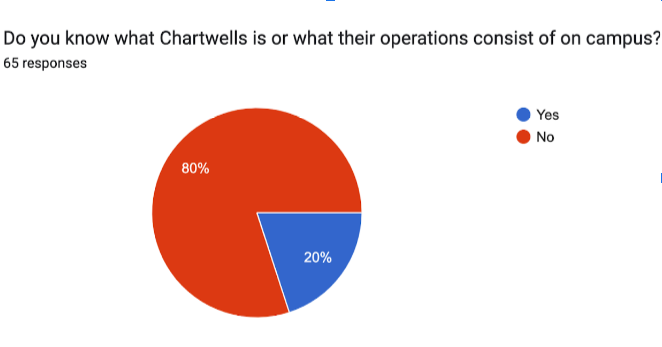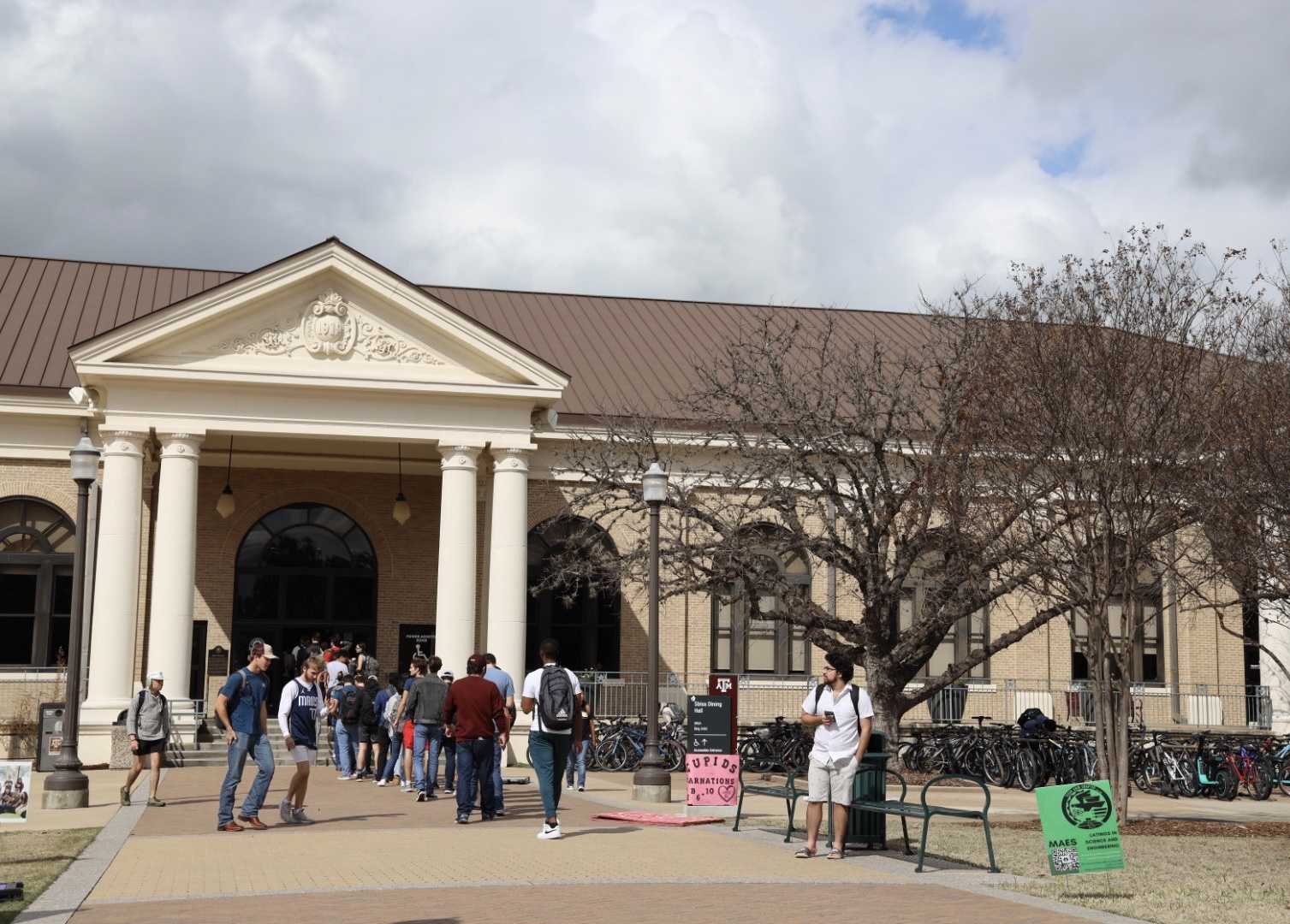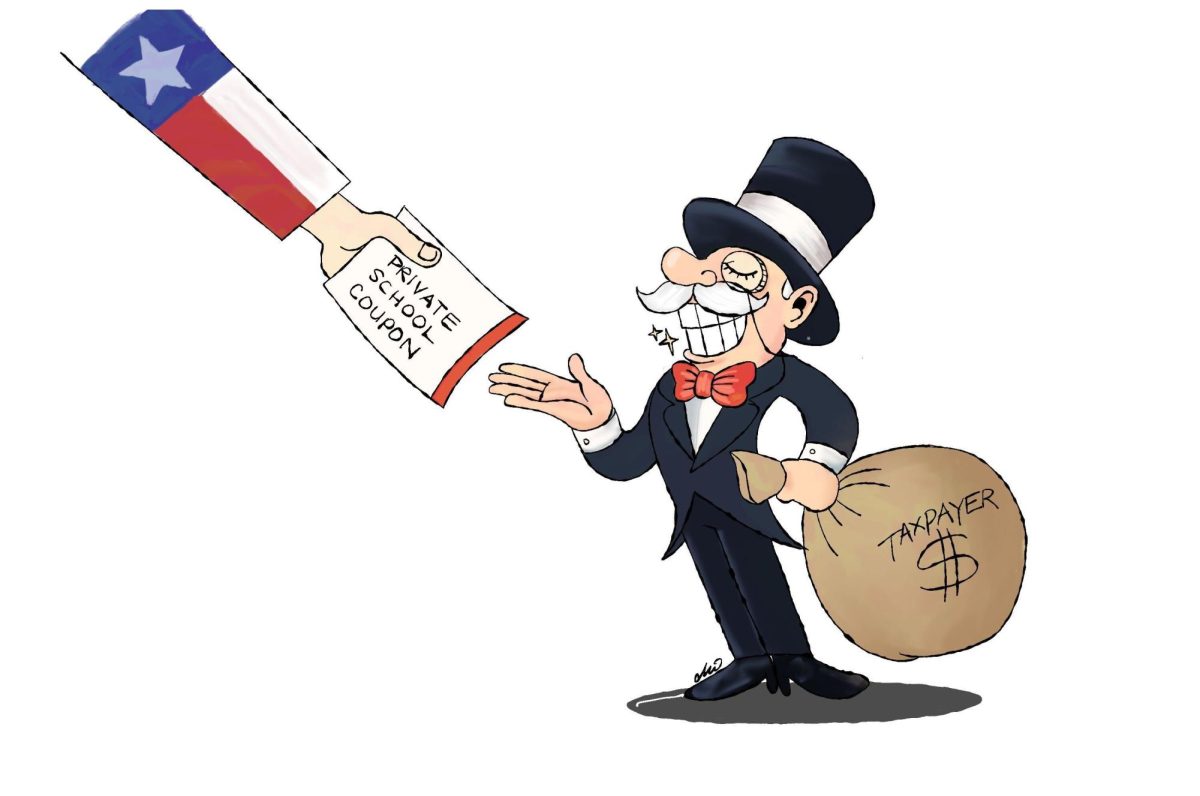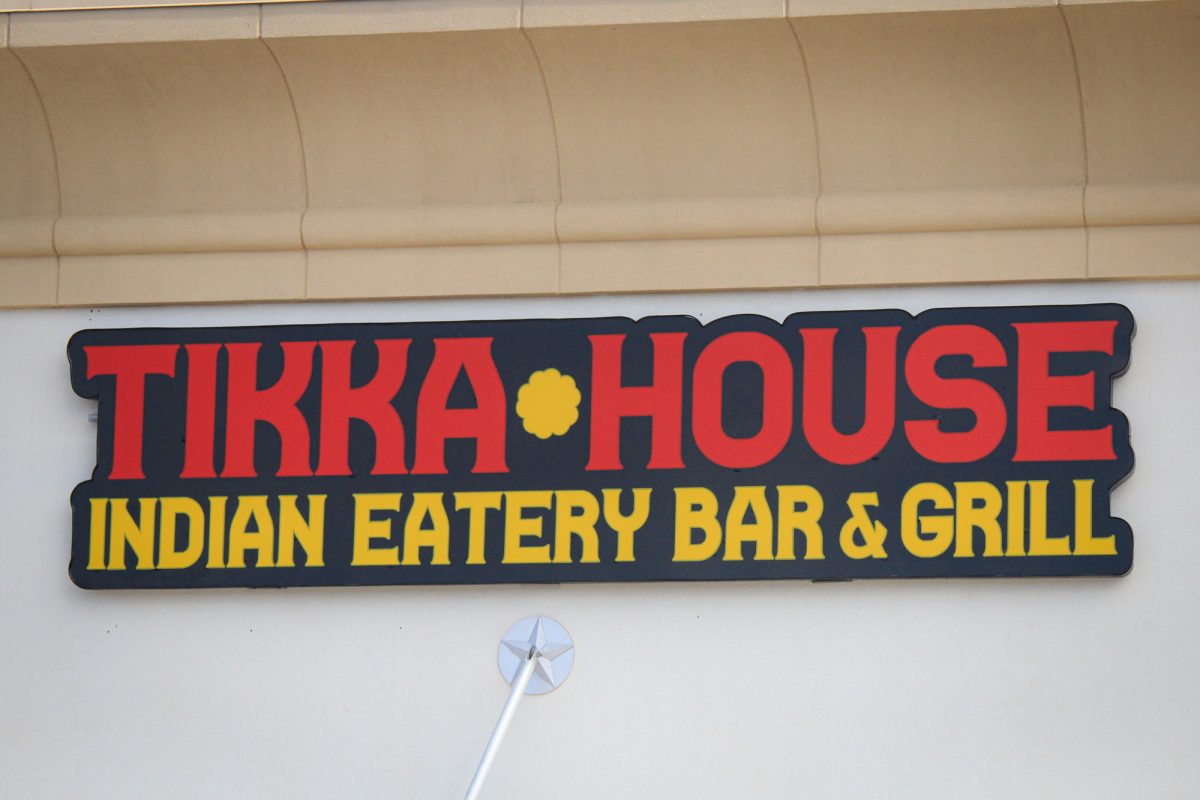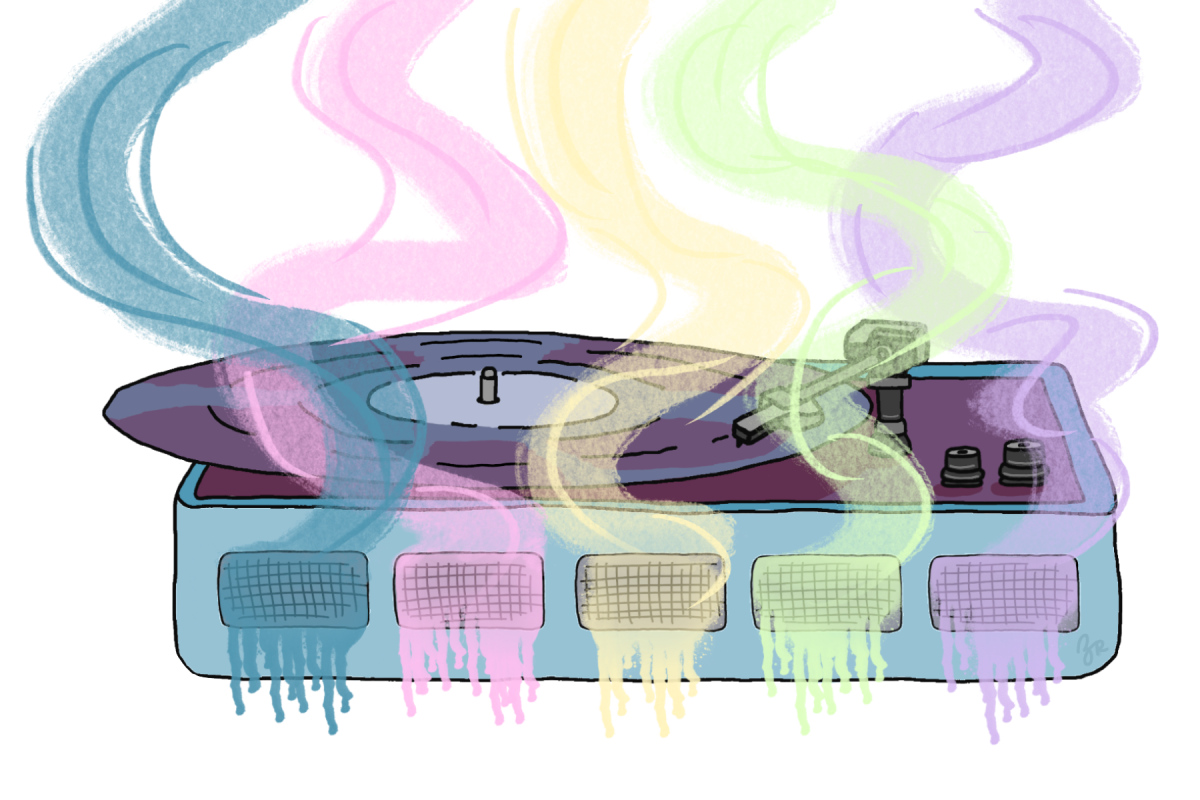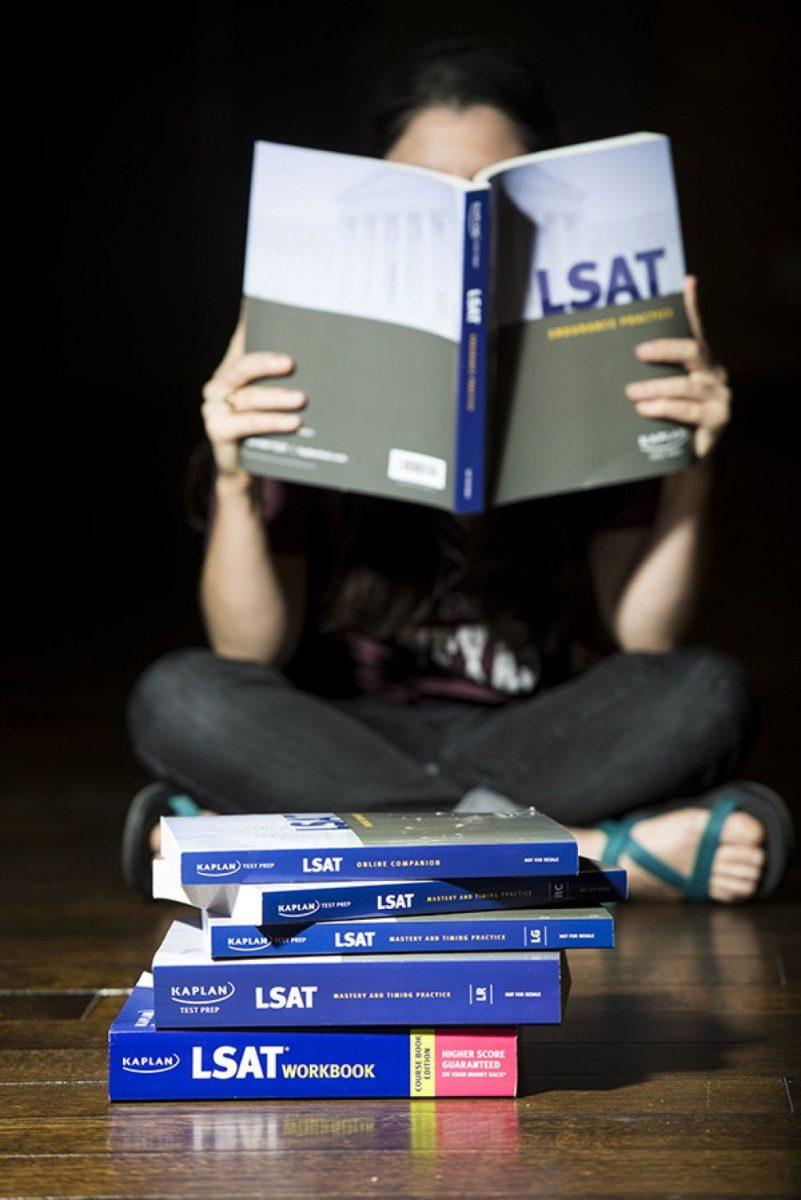Editor’s note: The original article has been updated to correct a factual error. NYU did not cut ties with Chartwells.
Rapper Big Daddy Kane once said the now iconic line, “pimpin’ ain’t easy,” although if you look into how Texas A&M handles dining operations on campus, you might disagree.
It’s easy to get lost in the endless options to eat or grab a quick smoothie, but what if I told you nearly every restaurant is operated by the same company?
That’s right, only one company oversees almost every restaurant, dining hall, food truck and fast food chain on campus. The worst part is 80% of undergraduates surveyed don’t even know it exists which is why they’ve been able to exploit and profiteer off of students’ backs without anyone batting an eye.
Allow me to introduce Chartwells Higher Education Dining Services. They’re a national food catering company that has contracts with 300 college campuses around the country, A&M being one of its largest.
In the same informal student survey sent out to random students, over a third of the 65 respondents gave Chartwells a 7/10 in satisfaction when taking into consideration all the times they’ve eaten on campus. Close to 40% of students’ responses fell below seven. Eight was the second-highest represented independent figure, however, this fell dramatically as numbers climbed higher with nine receiving only 4.6% of total responses and 10 receiving a mere 3.1%.
As observable in the data, responses flocked toward mediocrity, meaning outside of subpar food, students literally have no other options to eat elsewhere on campus. It goes without saying, that’s not something A&M should be proud of, especially when they’re doing it unethically.
Here’s a quick lesson in Economics 101. When you invite a corporate entity on campus and then grant them exclusive power to provide and manage every aspect of Aggie dining, what do you get? The answer is vertical and horizontal integration — also known as a total monopoly. No competitive prices, wages or food options.
Yup, even the fast-food chains you hold near and dear like Chick-fil-A and Starbucks are operated and managed by Chartwells. What this means is regardless of whether someone is working for a chain or somewhere like 1876 Burgers, policies and pay are standard across the board.
Don’t believe me? I encourage you to read the Texas A&M University System Dining Services Agreement, all of which is public information; A&M isn’t even trying to hide this. They made a deal with the devil, and now students are paying the price.
Of course, A&M’s first response to this would most likely be ‘It’s for simplicity’s sake’ or ‘There’s no other way to properly supervise dozens of restaurants to ensure quality control and fair pay.’ And to that I say horseshit.
Why? Well, I suppose the simplest and most obvious answer is because A&M isn’t even doing that now.
Allow me to introduce Erin Regan, a sophomore animal science major in the Corps who also works as a barista at Quadbucks, the colloquial name given to the Starbucks near the Corps dormitories. She shared a similar sentiment regarding the frustrations that come with working for Chartwells.
“It’s been almost a year [since she started working at Quadbucks] and I haven’t seen a single raise,” Regan said. “I don’t have a vehicle on campus … so I don’t have access to working off campus at a higher paying job.”
For reference, she was brought on at $11/ hour with prior experience working as a barista at Starbucks. Students without prior experience aren’t even that lucky, making only $10/hour when they are first brought on according to District Marketing Director Brittany Coker.
$12.30/hour is the national average for baristas working at Starbucks according to Indeed. Starbucks baristas have even made anywhere from $15-23/hour in years past. In addition, these averages aren’t even including tips, which according to multiple current and previous student workers, employees working for Chartwells cannot accept.
The craziest part is that Chartwells has the wherewithal needed to bump up students’ pay! Let’s do some quick math shall we.
Chartwells made over $25 million in revenue last semester just off of the meal plans purchased at Texas A&M according to the 2022 Aggie Annual Stats issued by Chartwells.
Let’s assume the 350 student workers employed by Chartwells are working an average of 15 hours a week, 16 weeks at a time, the duration of the academic semester, at an hourly rate of $10.
If Chartwells set aside $200,000 — less than one percent of its total meal plan revenue for the fall semester— that would result in a $571.43 bonus for each student employee per semester. If this were factored into wages, this would result in a $2.38 an hour increase meaning students would now be making $12.38/hour. Remember the national average?
When asked what the process would look like if student employees were to collectively seek a pay increase, Sr. HR Generalist for Chartwells, Susan Bouliane, admittedly wasn’t sure what the proper steps consisted of, however, she did offer insight as to what a student seeking a raise all by themselves should do.
“On an individual basis … we want them to understand that they [employees] have an open door with their manager,” Bouliane said.
Needless to say, this is in sharp contrast to the response Regan received when speaking to her previous manager regarding a pay raise.
“I got told to my face ‘Well you can just go work for another location,’” Regan said.
Outside of pay, Regan also summed up what it was like to work for Chartwells as a student.
“We’re wildly overstaffed, underpaid, under scheduled and do not have competitive benefits,” Regan said. “It’s no one else’s fault except the corporation running this entire unit.” This summary falls very closely in line with the comments left on the Indeed employee reviews as well.
This isn’t just a problem at A&M either.
Seattle University also complained Chartwells has declined giving its workers raises, tips and overtime pay. When voting to authorize a strike in 2017, over 90% of Chartwells employees at both DePaul and Northwestern University voted ‘yes.’
The problem is evident, A&M has outsourced and supervised the growth of a monopoly on campus that is largely unknown outside of the students who work for them.
By serving what most call mediocre food, enforcing policies that are called unfair by the employees they affect and offloading all of that onto the shoulders of administrators whose jobs it is to fulfill the obligations of Chartwells, A&M has created the equivalent of a monopolistic frankenstein.
As one of Chartwells’ largest universities, it’s time A&M uses its influence and old money that it prides itself on to demand better policies for its students. Aggies are the ones going to class, buying your meal plans and running your restaurants. They shouldn’t have to fight for reasonable wages, better food and competitive business too.
Students want the convenience of working near class and A&M needs employees to run their 52 dining locations on campus. It’s a win-win so what are you waiting for?
Stop worrying about the bottom line, and worry about your students. Quit hiding behind the middlemen you hired to take the punches for you and stand up for your students.
Benjamin Barnes is a telecommunications junior and opinion writer for The Battalion.
Opinion: A&M is pimping out students in plain sight
Bj Barnes, Opinion columnist
March 23, 2023
0
Donate to The Battalion
$2065
$5000
Contributed
Our Goal
Your donation will support the student journalists of Texas A&M University - College Station. Your contribution will allow us to purchase equipment and cover our annual website hosting costs, in addition to paying freelance staffers for their work, travel costs for coverage and more!
More to Discover




